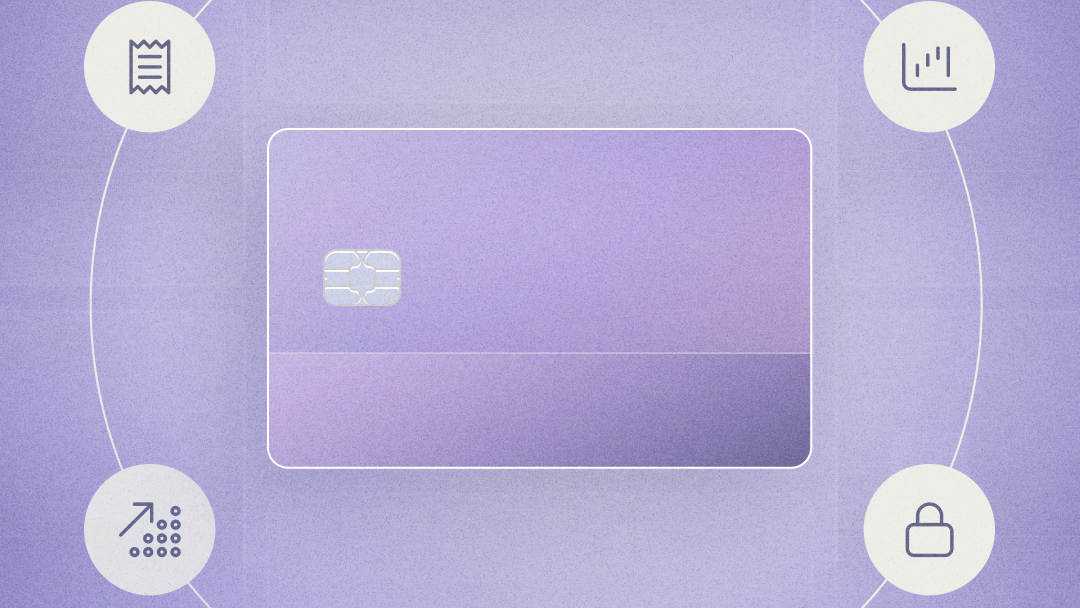The Future of Bank Integrations
Listen on Apple Podcasts, Spotify, or your favorite podcast app.
This week’s Future of Fintech is on the future of bank integrations, discussing how to build integrations with banks, how bank integrations have evolved, opportunities in this space, and much more.
Future of Fintech is hosted by Immad Akhund, Founder and CEO of Mercury and Sheel Mohnot, Partner at Better Tomorrow Ventures.
Guests this week include:
- Itai Damti, CEO of Unit
- Bo Jiang, CEO of Lithic
- Jim Brusstar, President of Treasury Prime
- Shamir Karkal, CEO of Sila
- Wade Arnold, CEO of Moov
- Amias Gerety, Partner at QED Investors
Highlights from Future of Fintech: Automated Finances
This interview has been lightly edited for length and clarity.
When does a company need to use a bank integration?
JIM (Treasury Prime): If you want to build a product that ordinarily would require a banking license – but you're not a bank, so you don't have one – that's when you would need to integrate with a bank.
AMIAS (QED Investors): If you're moving money, you need a bank partner, but you might not need a bank integration. If money is going to stay with you for any length of time, you're going to want a bank integration.
SHAMIR (Sila): In the US, the answer is always. Stripe, when it launched, had a partner bank: Wells Fargo.
The only people who can legally hold money in the US are our banks. Everybody else still has to hold the underlying funds at a bank. You might be working with a money transmitter or with Stripe, but that doesn't mean you don't have a bank behind it. It just means that you've put a layer between yourself and the bank.
What are the different types of bank integrations?
ITAI (Unit): The problems that companies want to solve are creating accounts, moving money, issuing cards, and making loans in financing products.
The solution we chose differentiates on two levels from Treasury Prime. One, we try to interface with the tech company directly, as opposed to sending them to a bank. We have reliable banking relationships behind the scenes. The second is that we own the ledger. We made the decision of maintaining connectivity to the payment network.
JIM (Treasury Prime): Every fintech at scale has a direct relationship with their bank or banks. We don't want to abstract over the bank. We want the banker to be involved in the partnership and to be on the side of the fintech. When you look at the past 10 years of fintechs, we see notable failures where banks got cold feet as businesses were trying to scale.
That's what our solution is structured around. We hold the ledger for companies where that makes sense; for some we don't. We work with the technology that banks already have, or bring new technology where necessary.
BO (Lithic): We don't think of ourselves as banking as a service; we're focused on the card issuing piece. That includes connectivity to payment networks, dissecting and processing the ISO message, creating and maintaining accounts and a transactional ledger.
We're flexible in how we work with fintechs and banks. We find that being the program manager works better when companies are early on, smaller, and have less bespoke needs. As companies get bigger, it makes more sense for fintech companies to have a direct relationship with banks, and for them to be the program manager.
What is a program manager?
BO (Lithic): In order to issue a card, you need to bring together a bank, a processor, KYC vendors, and card manufacturers. And you need to make sure that you're abiding by the necessary regulation and laws. The program manager is the party that's ultimately [held accountable] to the bank.
SHAMIR (Sila): A lot of this was created in the prepaid card industry. Wildcard and Clarity were the first ones that set out to create prepaid cards. That industry worked via banks that were happy to hold money and provide the settlement layer to Visa, MasterCard, ACH, and wires.
When I was building Simple, it became evident that there was a market for program managers as a service. There were folks who said, "I want to create a Macy's gift card and don't want to deal with compliance and payment processing. Can't you just do it for me?"
“Program manager” became a term of art in the industry.
ITAI (Unit): The changing nature of fintech builders gave rise to program managers. Companies wanted to focus less on managing the pipes and more on delivering an experience. The role of program managers became more important.
Stripe Treasury, as an example, didn't mention that you are going to have a direct relationship with a bank. It's obvious that Stripe is going to own that experience. Some companies recognize and insist on mediating between banks and the rest of the ecosystem, because it's helpful.
Keep up with the industry’s sharpest minds, right from your inbox.
If you do work with a banking as a service provider, one that works with hundreds of other companies, is there a risk of cross-contamination?
JIM (Treasury Prime): Ultimately it's the banks who report to the federal and state regulators. If the bank is not doing a good job making sure they're compliant, even if it's just one program, it spills over to the others at the bank.
Banks are more aware of this and are getting better at it.
WADE (Moov): You also get guys like Shamir and I that say, "I'm not doing a shared bin ever again in my life." Some of us know the rules way better than we used to in our previous careers. Now we're saying, "I need my own risk controls so I don't have exposure to other partnerships which could affect me negatively."
SHAMIR (Sila): If you're building a fintech app, there's a data center somewhere. There's no way to escape that. Running it off your own laptop isn't legal, so you’re going to need a bank.
You're exposed to the risk of the bank's other customers, unless you find a bank that will only work with you. If they only work with you, they probably have no experience and will suck at this.
You're not getting away from this risk; you have to manage it. Using any of the platforms on this panel is better than trying to do it yourself.
ITAI (Unit): We solve a problem for the banks, too. A bank can't effectively grow a portfolio of 50-100 fintech partnerships without serving 50-250 systems for SAR, fraud, KYC flags, and reconciliation issues.
Banks that partner with companies that give them all of this information may do better than banks that try to do it themselves.
JIM (Treasury Prime): Banks aren't tech companies. The software stack that's available to most banks in the United States is 30-40 years old.
We're expecting banks to be not just banks, but also software companies. And guess what? They're not software companies. They need software solutions that are modern and can help them get the customers they need. Let bankers be bankers.
When Stripe launched Issuing and Treasury, how did you feel?
BO (Lithic): When you look at what Stripe is good at, they're good at acquiring. It's a walled garden. If your use case, funds flow, and business model fit into the Stripe walled garden, it's a great experience.
There are many use cases that Stripe Issuing or Stripe Treasury don’t cover. Fintech is a huge market. It's always worrisome when a big company says they're doing something in your space, but I'm not terribly concerned.
SHAMIR (Sila): This industry is massive. The best number I've seen for the size of global financial services is that it's a $17 trillion industry.
Stripe is good at some things: card acquiring, e-commerce, and supporting developers. But for lots of other things, it's not good at all. They do have some natural advantages, but they also have some disadvantages that come with scale and regulation. Compliance has never been their DNA.
If it came to ecommerce, I'd put my money on Stripe. If it came to issuing, I’d put my money on Lithic.
What's one thing that's been a constant challenge, as you've built these products throughout the years?
JIM (Treasury Prime): When you think about what most fintechs need to get going, as a banking as a service provider, it's not one or two products. It's a wide range of everything a bank does.
When you're getting a company started, that's so much to cover. Most startups want to do one or two things at most. That would be my take: it’s a wide surface area to cover.
Want to hear more? Tune in to the podcast episode where we cover lots more. You can also subscribe to Future of Fintech on Apple Podcasts, Spotify, or your favorite podcast app.
Related reads

Should my small business accept credit card payments?

The best banks and business accounts for ecommerce: Choosing the right financial partner for your brand

The best banks and business accounts for startups: Choosing the right accounts from day one
